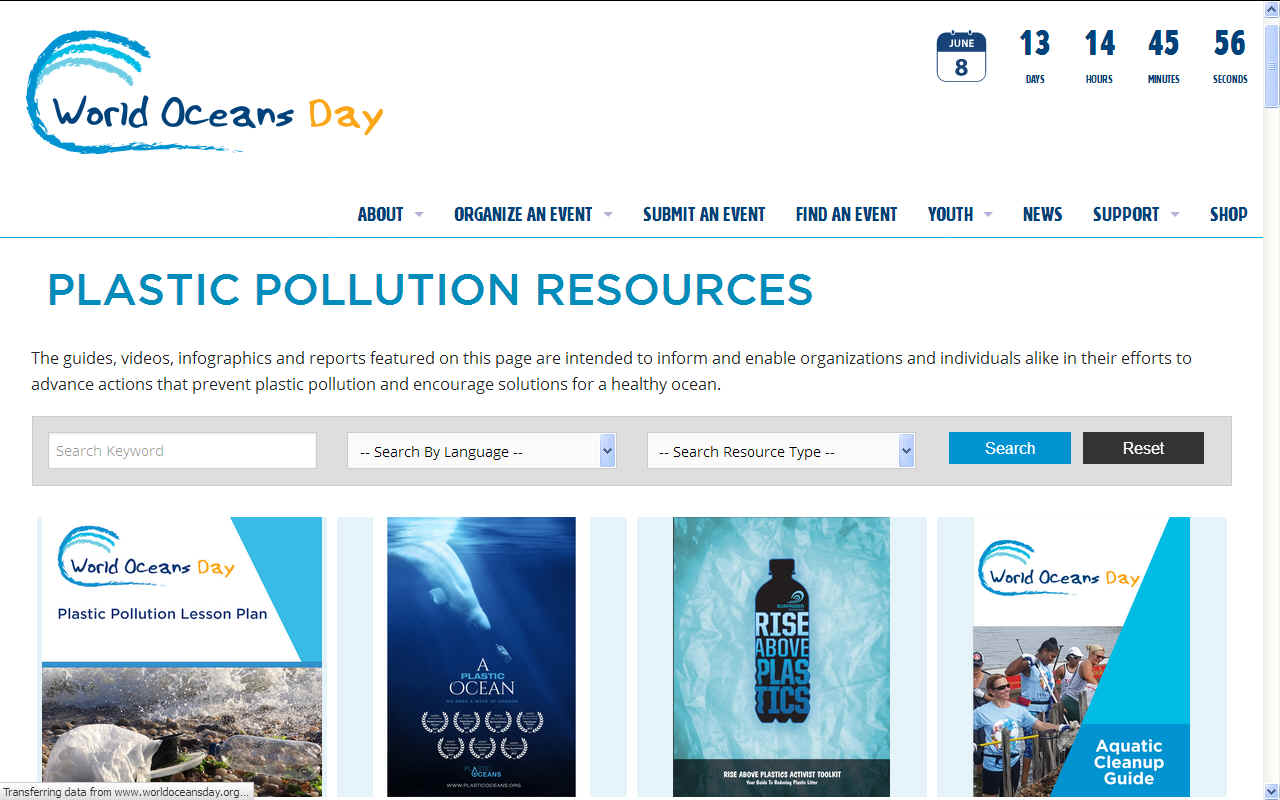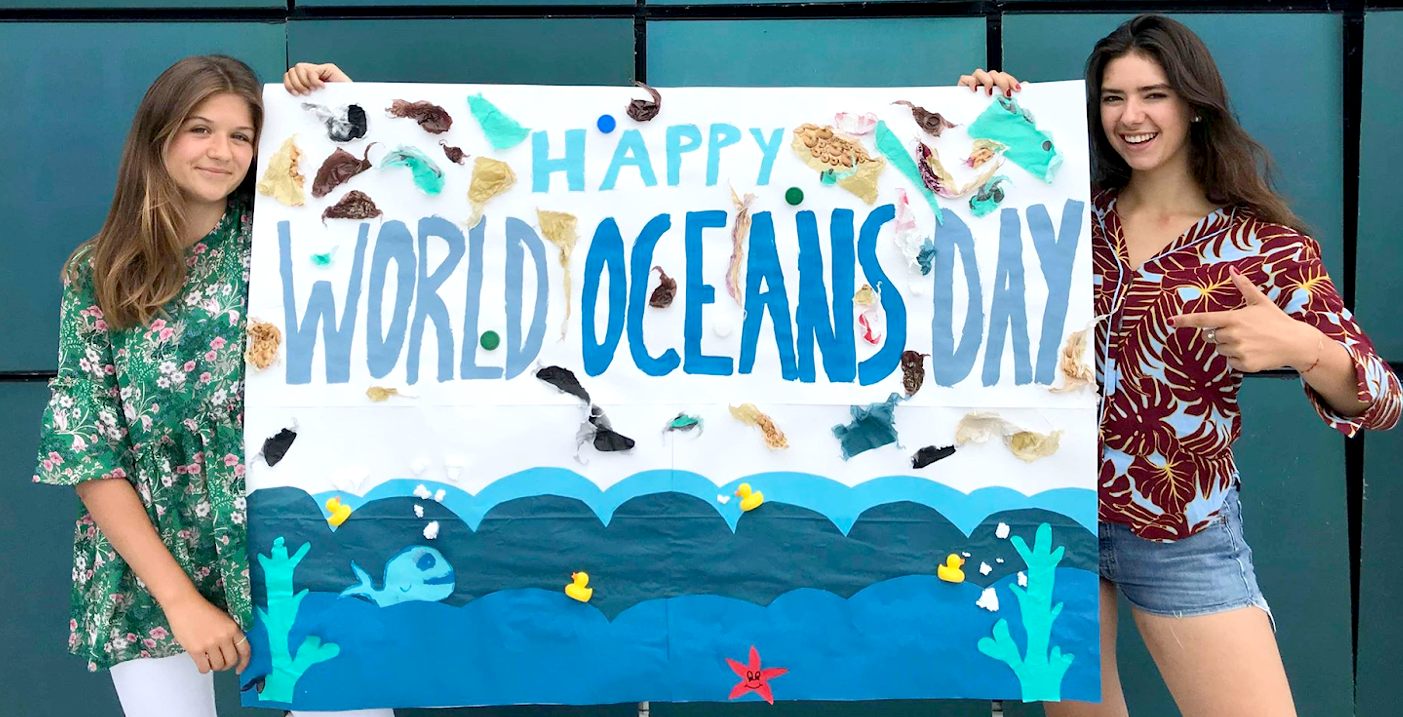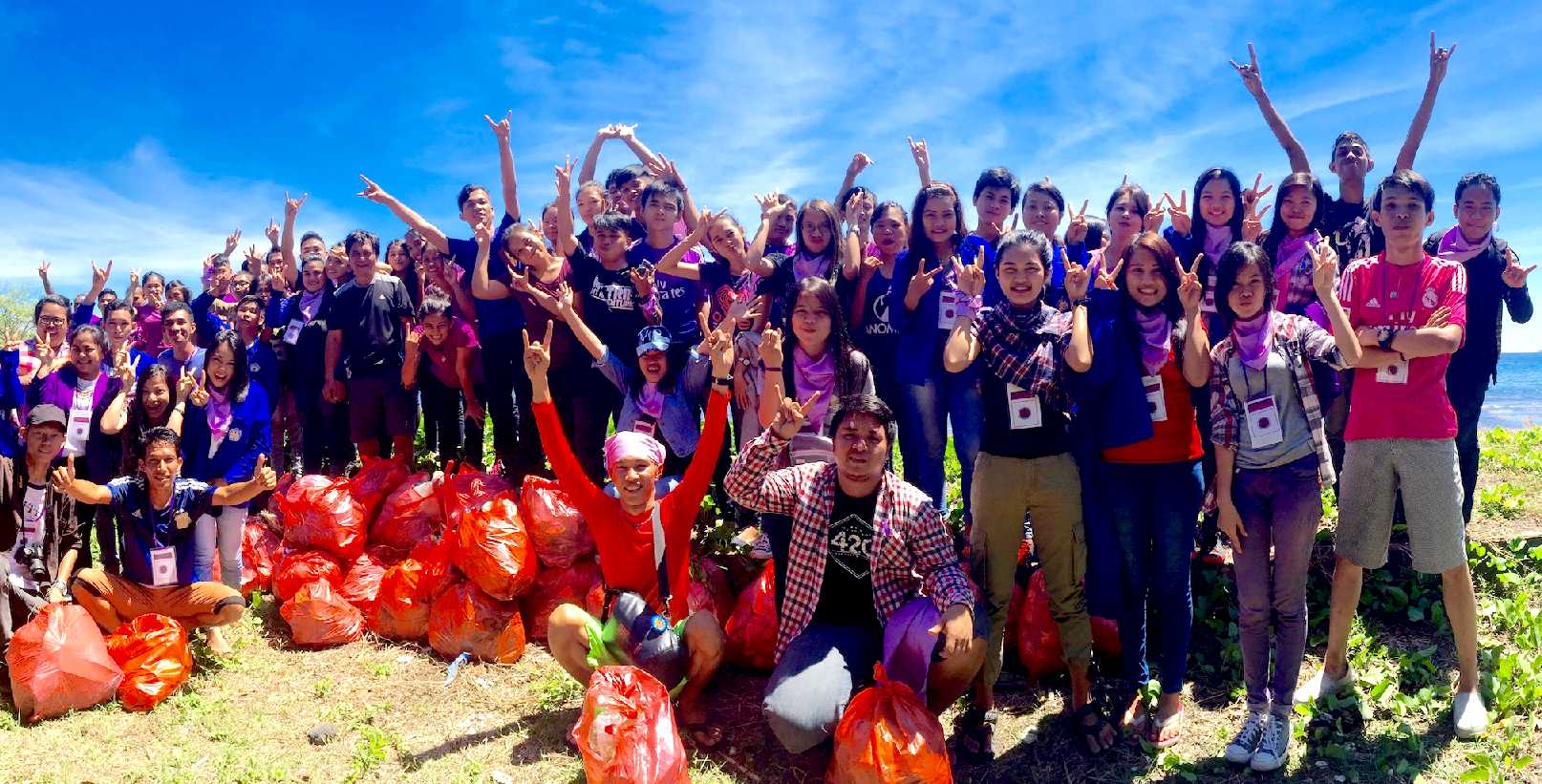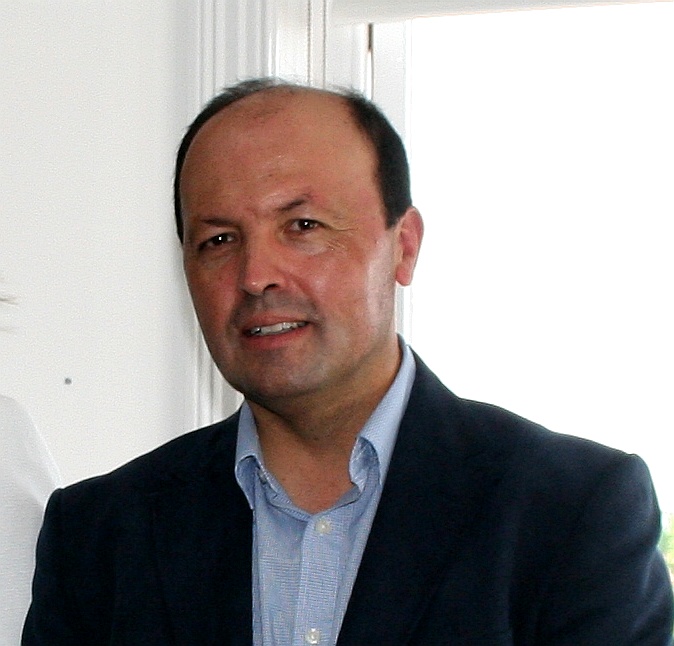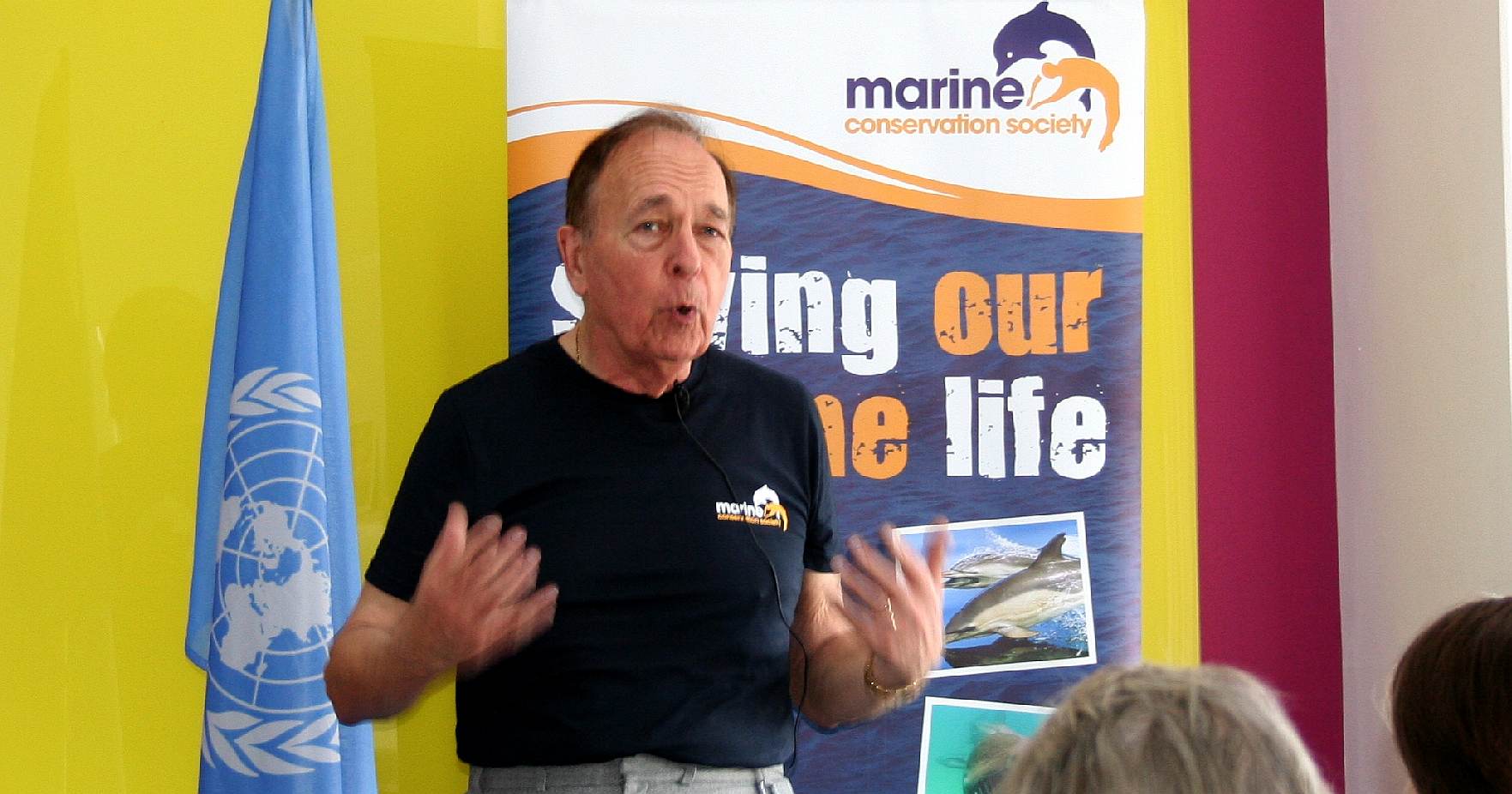|
WORLD OCEANS DAY 8 JUNE 2018
ABOUT - CONTACTS - FOUNDATION - HOME - A-Z INDEX
PLASTIC POLLUTION - Tackling ocean plastic is a United Nations agenda for sustainable use of the oceans and conservation of marine life.
The first World Oceans Day was held in
1992 when the oceans were very different from today. The oceans were less
acidic because less
carbon dioxide had dissolved into them. They were a little cooler because the atmosphere was cooler. More large predatory fish like tunas and sharks existed, because they were less
overfished. Tens of millions of tons less plastic was adrift. Oceans even had more
oxygen.
World Oceans Day is meant to highlight all of this, the good and the bad. Itís meant to rally support for actions to help oceans recover from problems it faces now, but also to celebrate progress in repairing human harms to the seas.
This World Oceans Day, we join in the call for everyone to act for the oceans in three specific ways: We must prevent expansion of offshore drilling, we must end plastic pollution, and we need to make our coastlines more resilient. No boundaries can work against global warming, plastic pollution, oil spills, ocean acidification and coastal destruction. Thatís why everyone - even those living far from the coasts - is needed to help the oceans.
Hereís an overview of those three issues and how you can take action to help address them:
Offshore drilling
Plastic pollution
WOD EASTBOURNE - Gonzalo Alvarez is a Marine Biologist and member of the UNA Bexhill and Hastings branch. He spoke at the World Ocean Day event at Meads in Eastbourne as part of a presentation by the Youth Ocean Action group and Brighton University. He is also helping to organise a bigger event in Hastings in September 2018, at the St Mary in the Castle venue.
WOD EASTBOURNE - Andrew Stuart speaking enthusiastically at the World Ocean Day event in Eastbourne, courtesy of Brighton University, on behalf of Youth Ocean Action. Andrew is an ex fireman doing his best to light the fuse on plastic awareness and other conservation issues.
Coastal resilience
CONTACTS
Phone: +1 401.709.4071
LINKS & REFERENCE
http://www.worldoceansday.org/ https://blog.nationalgeographic.org/2018/05/21/march-for-the-oceans-make-a-splash/ http://www.worldoceansday.org/plastic-pollution-resources-1
This website is provided on a free basis as a public information service. copyright © Cleaner Oceans Foundation Ltd (COFL) (Company No: 4674774) 2018. Solar Studios, BN271RF, United Kingdom. COFL is a charity without share capital. The names AmphiMaxô, RiverVaxô and SeaVaxô are trade names used under license by COF in connection with their 'Feed The World' ocean cleaning sustainability campaign.
|
